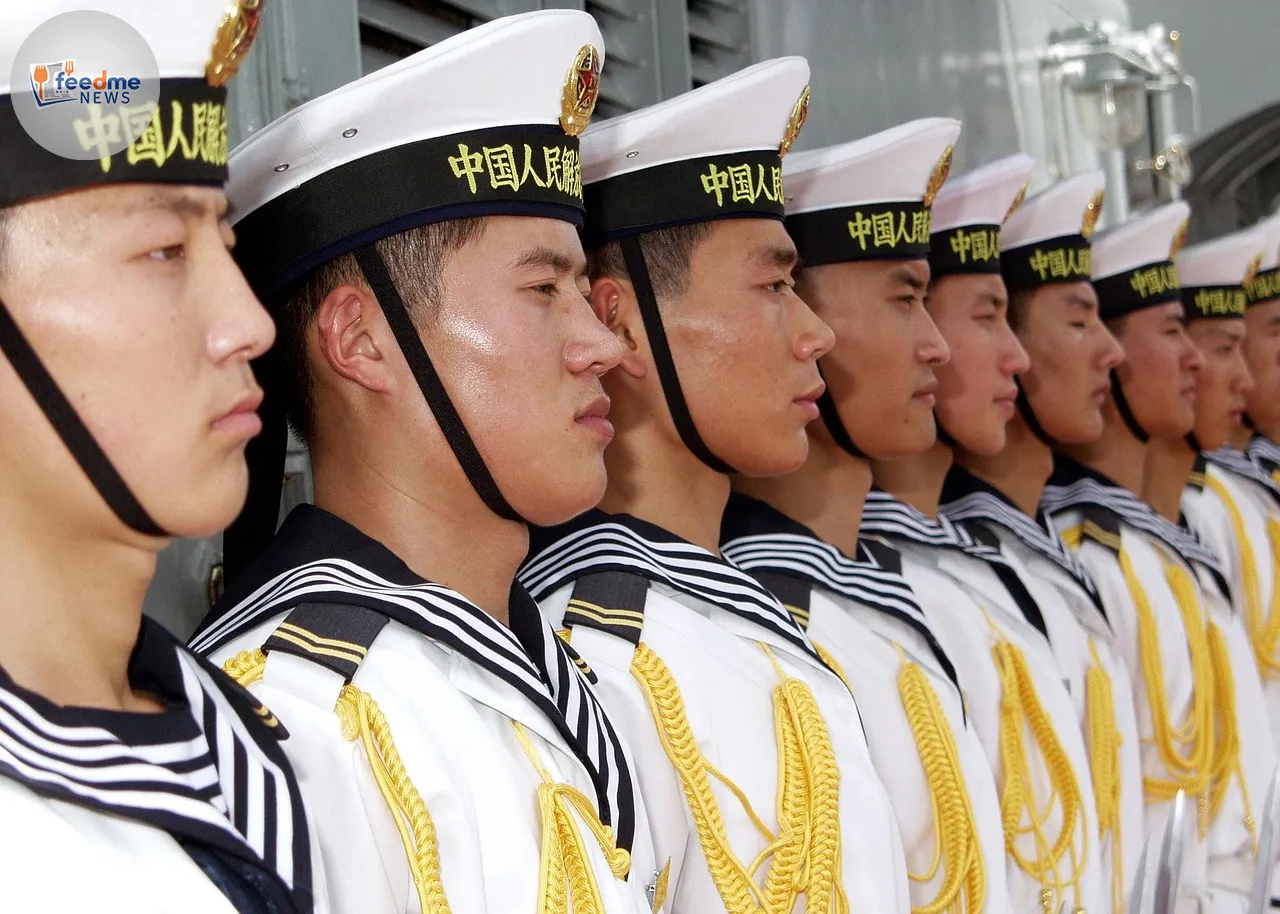In a dramatic move, the United States has implemented new tariffs on steel and aluminium imports, escalating tensions in global trade. President Donald Trump’s administration announced these tariffs earlier this year, aiming to revive the American steel industry. However, this decision has provoked strong reactions from some of the US’s key trading partners, who view the tariffs as an economic threat. The tariffs, set at 25% on steel and 10% on aluminium, came into effect on 12 March 2025, marking a significant shift in US trade policy.
The Tariff Timeline
The decision to impose tariffs on steel and aluminium imports was first announced by President Trump in early 2025. The administration argued that cheap imports were harming American producers, threatening national security and jobs. The tariffs target countries such as Canada, Mexico, and the European Union, which are among the largest exporters of these metals to the US.
The implementation of these tariffs followed a period of intense negotiations and lobbying. Despite efforts from various countries to secure exemptions, the US government pressed forward, citing the need to protect domestic industries. The timing of the tariffs has intensified concerns about potential retaliatory measures and their implications for international trade relations.

Reactions from Key Trading Partners
The response from affected nations has been swift and critical. Canadian Prime Minister Justin Trudeau condemned the tariffs, labelling them as “unjust and unacceptable.” Canada, the largest supplier of steel to the United States, has vowed to retaliate with its own set of tariffs on American goods.
Similarly, the European Union has expressed deep disapproval, with officials warning of potential countermeasures. European Commission President Ursula von der Leyen stated that the EU would “respond firmly and proportionately” to protect its economic interests. The EU is considering tariffs on iconic American products such as bourbon and motorcycles, signalling a brewing trade conflict.
Economic Impact and Industry Reactions
The tariffs have sparked concerns about their broader economic impact. Analysts warn that increased costs for steel and aluminium could ripple through various industries, from automotive to construction. The American manufacturing sector, which heavily relies on these metals, may face price hikes, potentially leading to job losses and higher consumer prices.
Industry groups in the US have expressed mixed reactions. While some domestic steel producers support the tariffs as a means to level the playing field, others worry about the potential for a trade war. The National Association of Manufacturers has called for a more collaborative approach to address trade imbalances without resorting to tariffs.
Expert Insights on Trade Policy
Experts in international trade policy suggest that the tariffs could have long-term implications for global trade dynamics. Dr. Sarah Thompson, a trade economist at Harvard University, argues that while the tariffs aim to bolster American industry, they risk alienating key allies and disrupting supply chains. “The global economy is deeply interconnected,” she explains. “Unilateral tariffs can lead to unintended consequences and escalate tensions.”
Furthermore, trade policy experts emphasise the importance of multilateral negotiations to address trade disputes. The World Trade Organization (WTO) has urged nations to seek dialogue and cooperation rather than resorting to protectionist measures. The potential for a trade war looms large, with the WTO warning of the risks to global economic growth.
Looking Ahead: Potential Outcomes
As the tariffs take effect, the international community is closely monitoring the situation. The possibility of a full-scale trade war remains a significant concern, with economists predicting potential disruptions to global markets. The US’s trading partners are likely to continue seeking diplomatic solutions while preparing for retaliatory actions.
In the coming months, the focus will be on negotiations and diplomatic efforts to resolve the trade tensions. The outcome of these efforts will shape the future of international trade relations and determine the economic landscape for years to come. As nations navigate this complex situation, the stakes remain high for businesses, consumers, and governments worldwide.





